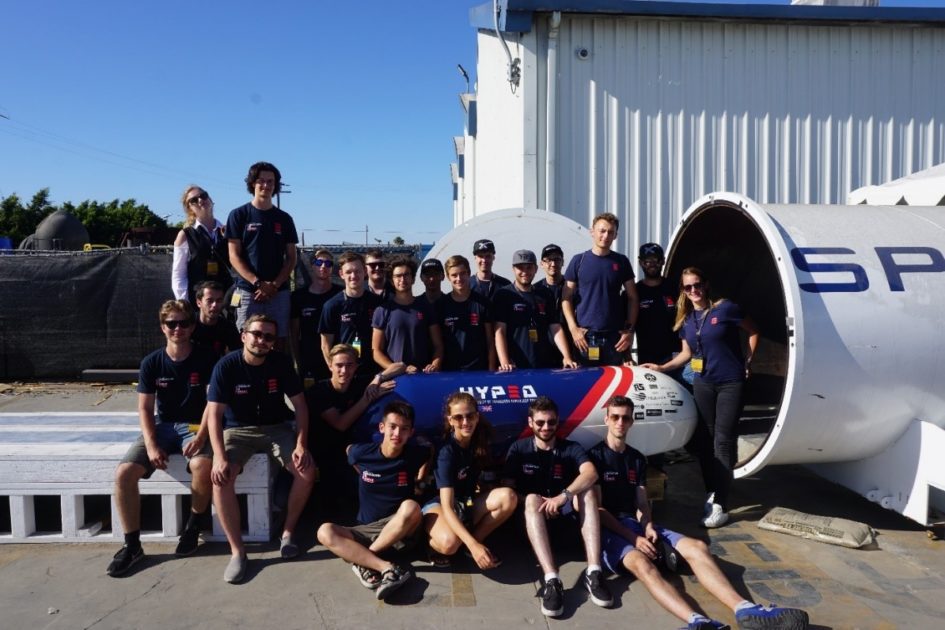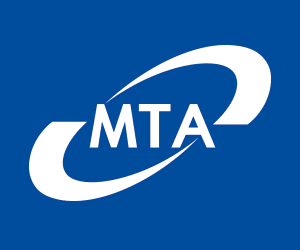A team from the University of Edinburgh working on Hyperloop technology is receiving engineer support and engineering-grade plastic bearings through igus’ YES (Young Engineers Support) programme. HypED is a cross-disciplinary team of engineers, scientists and others (including members of the Business School, the College of Art and the School of Informatics) at the university, working on a concept and prototype for a Hyperloop pod, as well as a business case for Hyperloop in the UK.
Hyperloop is Tesla and SpaceX serial inventor and entrepreneur, Elon Musk’s proposed concept for the future of mass transportation. Travelling at speeds of up to 760 mph (within 10mph of the speed of sound), Hyperloop could theoretically move passengers between London and Edinburgh in under 50 minutes (including stops), a journey that currently takes around four and a half hours by train.
SpaceX, the company founded by Musk to revolutionise space technology, sponsors a global competition for teams to design and build a subscale prototype pod to demonstrate the technical feasibility of the Hyperloop concept. At the same time, the Hyperloop One Global Challenge has invited comprehensive proposals to build Hyperloop networks connecting cities and regions around the world. The HypED team has successfully competed in both competitions.
HypED’s pod design was selected from hundreds of applications as one of only two UK (and eleven European) teams to go forward to the SpaceX competition’s 2016 Design Weekend in Texas, bringing home a prize for Subsystem Technical Excellence. Subsequently, the team has gone on to secure sponsorship funding and resources to build its prototype pod, aptly named Poddy McPodface. After successfully repeating its selection for the 2017 competition (the only UK and one of four European teams, from 24 global finalists), the team travelled to SpaceX headquarters in California in August 2017 to demonstrate the prototype at its mile-long Hyperloop test track.
The team also progressed in the Hyperloop One Global Challenge, presenting at its 2017 Vision for Europe summit in Amsterdam – the only European student team, alongside 35 semi-finalists, from an initial 2,600 submissions. Its proposed route, linking Edinburgh to London, was selected as one of ten winning potential routes for the first commercial Hyperloop (with HypED being the only student team among the winners).
Founding member of HypED, Christian Zeppetzauer is part of the dynamic pod team, which designs the mechanics behind the pod, focusing on developments in high-speed braking, suspension and magnetic levitation. His task is to design the suspension system, consisting of both lateral and vertical components for the pod’s hydraulic braking and levitation system. Both braking and levitation are achieved via permanent magnets that induce eddy currents to flow in the aluminium track, which are used to repel the pod vertically from the track – and when forced close to the rail, it creates significant drag, allowing braking at up to 2G. The suspension uses a bell-crank system, in combination with mountain bike shock absorbers, while the braking system is attached via hydraulics. This limits pod accelerations to below 0.5G, resulting in a comfortable ride for HypED’s dummy, called Dumminic.
Christian was co-ordinating initial manufacturing efforts when the team qualified for the SpaceX competition finals. “This was the start of a frantic period to ensure the pod was ready to a tight deadline,” he says, “and assumptions we made on components in the design phase were soon challenged.”
One particular set of components that proved challenging were the bearings used in the 5mm-thick laser cut aluminium alloy bell-cranks. The magnetic braking system creates high drag forces as the wheels and magnets get close to the centre rail used for pod guidance. “We assumed that traditional metallic needle or ball bearings would cope with the high vertical and horizontal forces,” explains Christian, “But after learning more about the effects of a vacuum, where lubricants boiling and outgassing can be particular problems, we decided to use plain bearings.” Another decisive factor was that to meet the team’s requirements, needle or roller bearings would have at least a 2-3mm wall thickness, increasing weight and size. Plain bearings, on the other hand, can have a wall thickness of as little as 0.5 mm, with equal functionality but reduced material cost and weight.
While researching plain bearings, Christian explored self-lubricating, tribologically optimised polymer options from motion plastics specialist igus after hearing about its YES programme from the university’s Formula Student team. Initially, he used igus online tools to calculate loads and pressures on the different components and specify bearings. But after contacting igus directly, a field engineer visited the team to offer advice on how to best meet the specific design requirements and explain the different bearing material options in detail.
“The igus engineer helped us identify, select and specify the best materials for our needs,” continues Christian. “After initially considering iglidur G general purpose bearings, we eventually used a combination of heavy duty iglidur Q2 and iglidur X, which can handle high temperatures and extreme environments. We’ve found that the bearings are so durable that the aluminium bell-cranks wear out before they do! As well as being wear-resistant, the polymer bearings are lightweight and incorporate solid lubricants, so they don’t require any grease or external lubrication (which can start to boil during operation in a vacuum, or suffer from outgassing, adversely affecting material properties) – making them maintenance-free.”
When the pod was complete, it was tested by scrutineers for safety, systems and functionality at SpaceX’s facility in Hawthorne, California. Of the 25 finalists, only three were selected to test their pod in the vacuum tube at race speed. Unfortunately, HypED’s Poddy McPodface was not one of them, after an electronics malfunction led to software issues that prevented it from passing SpaceX’s stringent testing of software functional safety.
“After passing all the other tests, we were given initial clearance to test our pod at a speed of 40m/s (90 mph) in the vacuum track, which is impressive,” adds Christian. “Competing in this competition has taught us a great deal about how to solve real-world engineering problems.”
The HypED team is committed to competing again in future competitions and advancing the awareness, understanding and feasibility of Hyperloop technology – and excited about the potential of Hyperloop to shape both their own careers and futures, as well as the future of mass transportation.
For more information about the iglidur products, please visit: www.igus.co.uk/iglidur or call igus directly on 01604 677240.







